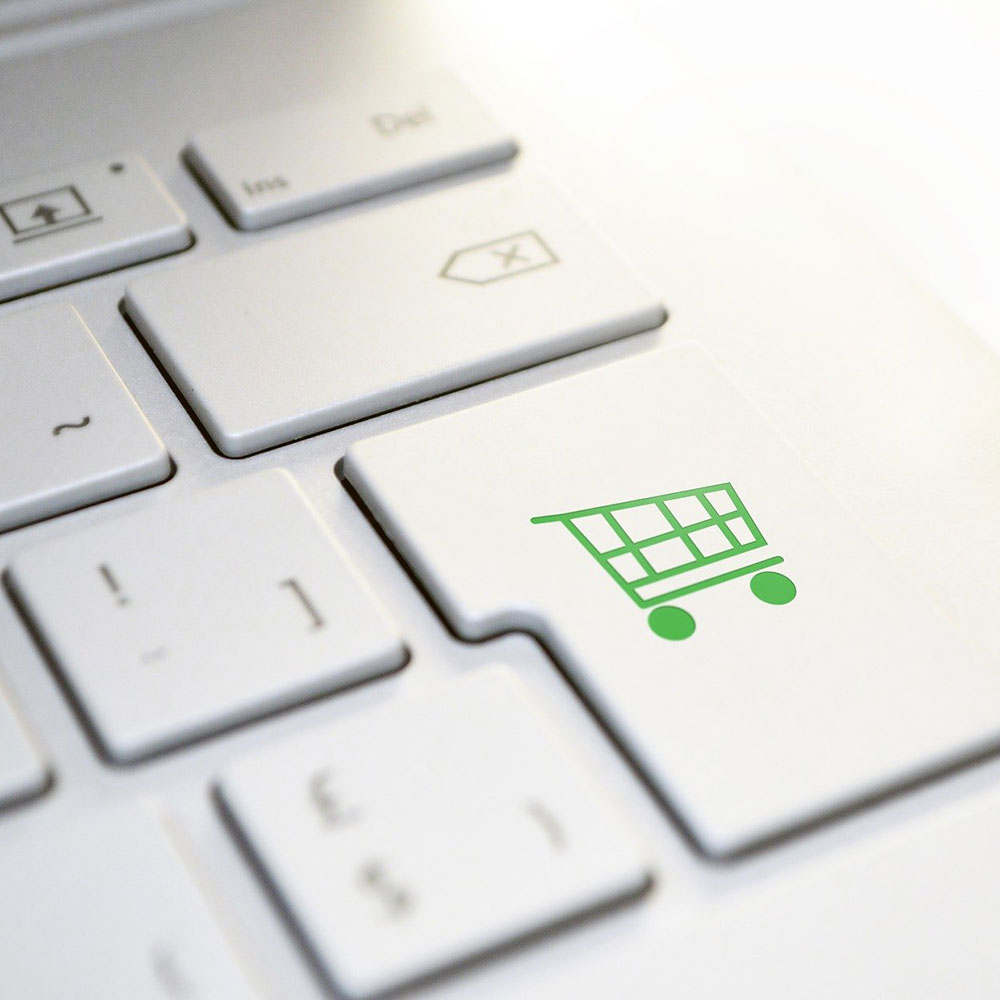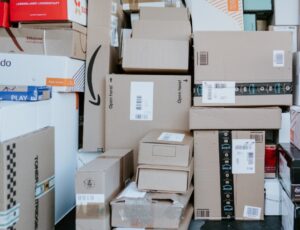
Ecommerce rose to grab 30% of all retail sales in April, but can online retailers keep their new customers?
Ecommerce home delivery expert ParcelHero says that many online stores and services have found new customers of all ages during the lockdown. With most high street stores planning to reopen on 15 June, ParcelHero’s head of consumer research, David Jinks MILT, reveals 5 top tips for ecommerce stores seeking to retain customer loyalty whilst ensuring there is better synergy between physical and online stores when lockdown ends.
1. A Direct response: D2C
Direct to consumer (D2C) rapidly became a popular, responsive and low-cost option for manufacturers during the lockdown. From Abel & Cole, Simply Cook and Riverford to Made.com, Bloom & Wild and Birchbox, D2C businesses continue to sell everything from food to flowers and furniture to fashion.
During lockdown, many big retail names struggled to get their products to consumers. With department stores closed and even third-party online channels such as Fulfilment By Amazon (FBA) blocking the distribution of non-essential products, many brands and manufacturers were left stranded. By contrast, some direct-selling retailers, including recipe box seller Gousto, reached such a peak during the Covid-19 crisis they temporarily stopped taking on new customers.
It’s no coincidence that many D2C companies, including Abel & Cole’s subscription food boxes and Birchbox’s make-up boxes, thrived during lockdown. One of their chief hallmarks is that they make full use of the direct relationship with their customers.
Ecommerce is infamous for its lack of customer loyalty, but D2C brands are a notable exception to this rule. Many customers of D2C brands form a strong bond with the product and act almost as brand ambassadors. Such customers are also willing to pay more for customised products and convenient delivery. D2C has been a new experience for sellers and manufacturers, but one that is likely to continue to be profitable in the long term.
2. Make the most of government schemes
Smaller retailers don’t need to force their way out of lockdown on their own. Most of the UK’s 5.9 million SME businesses and retailers that are likely to survive the lockdown are those that quickly get to grips with the very latest government assistance packages. Key schemes that are evolving daily include the Coronavirus Job Retention Scheme.
From August, employers currently using the scheme will have more flexibility to bring their furloughed employees back to work part-time while still receiving support from the scheme. This could be useful for retailers slowly bringing all their staff back to work; whether packing items for shipping or returning to a store in the case of multichannel retailers. The updated scheme will run for three months from August to the end of October and employers will be asked to pay a percentage towards the salaries of their furloughed staff.
The Government will also help SMEs seeking to defer any VAT payment due by 30 June 2020 by extending the deadline to 31 March 2021. They can also reclaim two weeks’ Statutory Sick Pay (SSP) paid for sickness absence of any employee due to Covid-19.
Other schemes to check out include the retail business rates holiday; the Retail, Hospitality and Leisure Grant Fund; the Coronavirus Business Interruption Loan Scheme; the Coronavirus Bounce Back Loan; and the new Time To Pay Service for taxes.
3. Keep those OAP converts
One positive result of the national lockdown has been increasing numbers of older shoppers using online for the first time. Over 65s spent 94% more on home deliveries this April than they did last year. A startling 54% of over 65s shopped online this April, as opposed to just 22% a decade ago. There are several ways online retailers can keep these older converts. Focused offers and user-friendly Apps can play their part in retaining the grey pound.
A few changes to an ecommerce website will also make it more useable for elderly shoppers. Make fonts simple and larger so that the text is easily readable. Ensure clear contrast between the colours of the font and its background. For example, black against white, rather than light blue on dark blue.
Ensure “calls to action” such as ‘Buy Now’ boxes stand out clearly. Avoid complicated dropdown menus. Incorporate easy steps such as a progress bar, 1-click purchases or “Repeat previous order”. Finally, half of all UK over-55s own a tablet, so etailers must make sure their site is responsive.
4. The multiple attractions of multichannel
Retailers who have both physical stores and websites must embrace omnichannel sales with a completely integrated online and in-store experience. Otherwise, Britain’s shoppers may simply lose the habit of visiting stores, even though lockdown is loosening.
Key to this is encouraging Click & Collect. Integrated stores that enable customers to buy items online and then pick them up in-store will be ideally placed at the end of lockdown. This method of shopping might be preferable for those who no longer find home deliveries as convenient because they are returning to work in June.
Other shoppers, particularly the elderly, might prefer this form of limited socialising. However, they will need to know that if they drive to a store that their item will be there. Of course, multichannel retailers must back this up by ensuring in-store shoppers are rewarded with a great experience, knowledgeable staff and a range of amenities.
5. Spread your wings
Let’s not kid ourselves, the healthy retail market we knew before coronavirus will not be the same once the pandemic begins to pass. Many previously regular customers may find themselves on reduced income or with different spending priorities post-lockdown. Online sellers may need to think big to fill the gaps in their traditional customer base.
One way to do this is to consider international sales. Countries such as New Zealand were quicker to respond to the crisis and are therefore quicker moving beyond it. Different nations will recover at different speeds. Markets such as Australia, parts of the USA and the EU may well find themselves without their usual sources of assorted specialist products. This could present an opportunity. A glance at sites such as ParcelHero will reveal a vast range of reliable delivery services to most countries.
Back at home, large stores and shopping centres that have encroached on smaller online sellers’ profits in recent years might be reopening on 15 June, but that doesn’t mean consumers will be flocking back to them. Over half of shoppers say they will continue to avoid large retail stores and shopping centres, even when they have reopened. This is the opportunity for SME sellers to snatch back sales from larger retail competitors and keep hold of them with excellent customer service and reliability.
To do that, online retailers should rethink how they deliver their goods. Online retailers may have used a traditional delivery service forever, but how did they perform during the lockdown? Now might be the time for ecommerce stores to re-think their delivery partner? Or perhaps choose multiple couriers based on the size and type of product being shipped? This might make it easier to select delivery partners based around quality of service, improved convenience for customers and competitive costs.
For ParcelHero’s latest pricing information for every courier service currently available, please click here.












